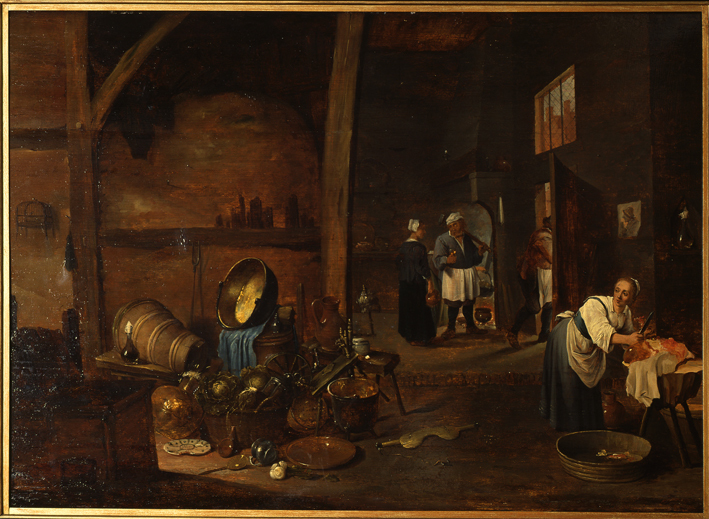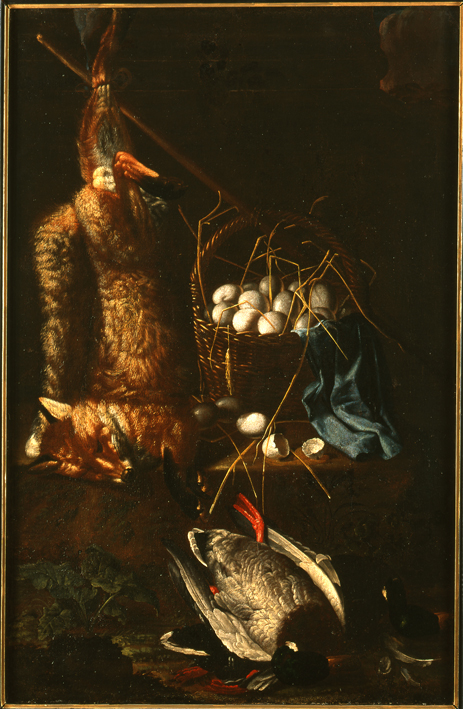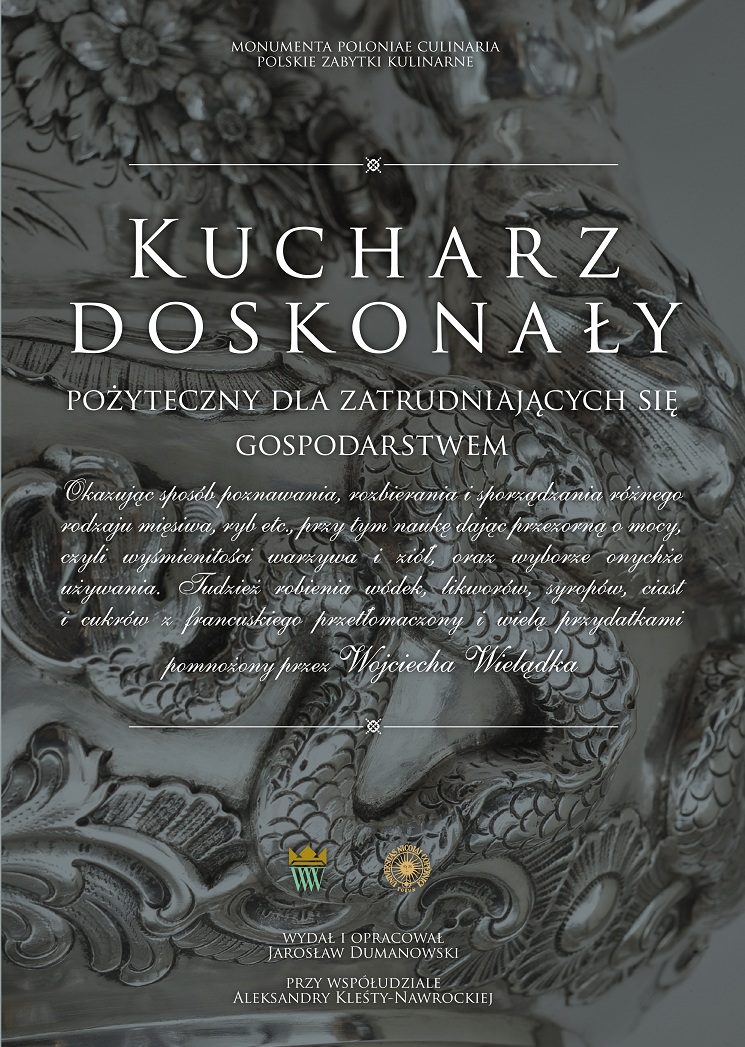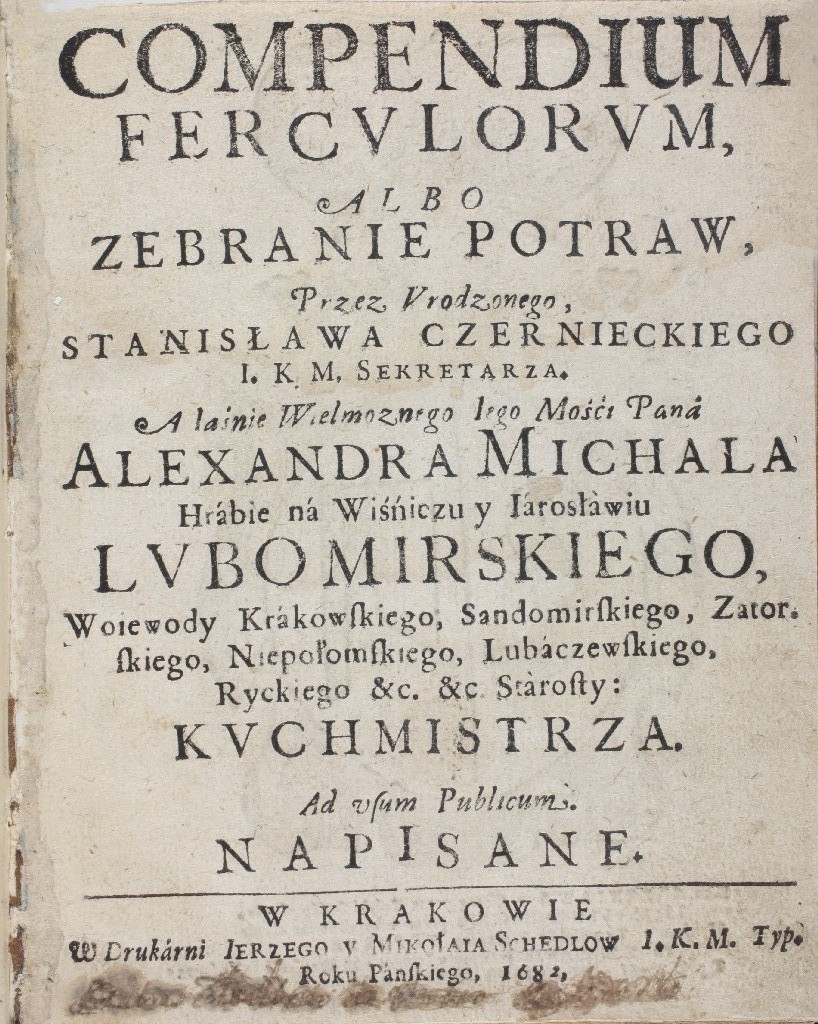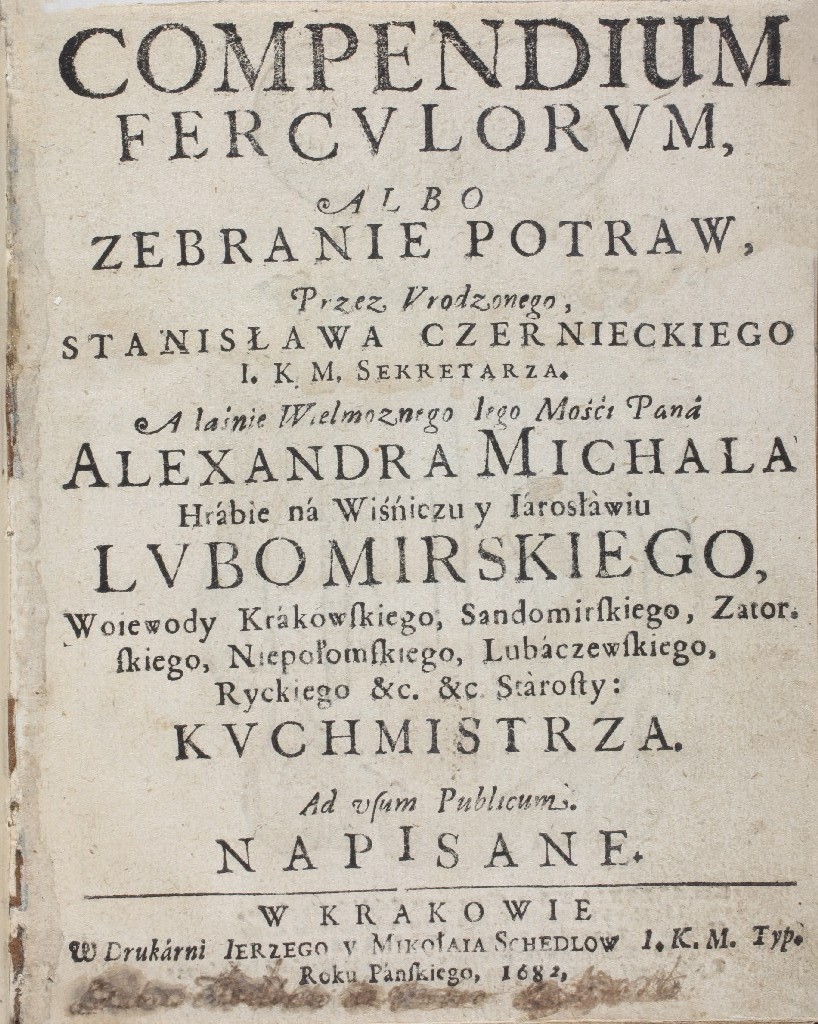Among the forgotten dishes of the old Polish cuisine, a special place was occupied by the capon, the object of dreamy sighs of old Polish gourmets and the synonym of festive meal, and, one could even say, the uncrowned king of the old Polish cuisine. The famous Polish natural scientist, Jan Krzysztof Kluk, wrote in late 18th century: The capon is a rooster whose testicles were removed for fatter meat and better taste. So, it was a castrated and fattened male chicken that grew much heavier than a normal bird and virtually dripped with fat. For our ancestors, famished after numerous days of strict fasting, it was simply a titbit and they could not imagine a proper dinner without one. There was a saying: dinner without a piece of meat and capon is not a good dinner.
The capon occupies a very important and even an honorary place in the first Polish cookbook by Stanisław Czerniecki. The recipes collected by him include, among others, Capon with deer or Capon sausages, Capon with anchovies, Capon with white bread croutons, Whole capons, Capon bigos, Tasty capon and Capon with horseradish, Dutch-style capon, Capon with eggs laid in water, Capon marinated live in vinegar, Capon fried with fatback and the last of the hundred recipes for meat dishes - Capon with caviar. In fact, Czerniecki lists many more capon dishes than one hundred, as the bird hid itself also in recipes for many other dishes, delicacies and even broth. For Czerniecki, the capon was the key to the Polish cuisine and a reliable ingredient in the recipes, where the author left it up to the reader to choose the right kind of meat - in such case, he often proposed a version with capon in the main role.
In Czerniecki's book, the crowning of this cursus honorum is the Chef's first secret: Whole capon in bottle, i.e. the final and special recipe in the chapter with meat dishes. In this case, it is a Baroque concept the purpose of which is not so much to satisfy the palates of feasters but rather to surprise them and arouse their interest: everyone will be surprised how a capon was fitted in there [...] and those who do not know will be greatly amazed. "Capon in bottle" was prepared using the capon's skin, after carefully removing meat and bones. Then, something like a balloon or bag was formed from the skin and it was fitted into a bottle and filled with egg yolks and milk, and boiled together with the bottle. Once it swelled, it looked like a huge capon that somehow squeezed through the bottle's neck. The author wrote with pride:
"everyone will be surprised how a capon was fitted in there [...] and those who do not know will be greatly amazed."
Translation: Lingua Lab
